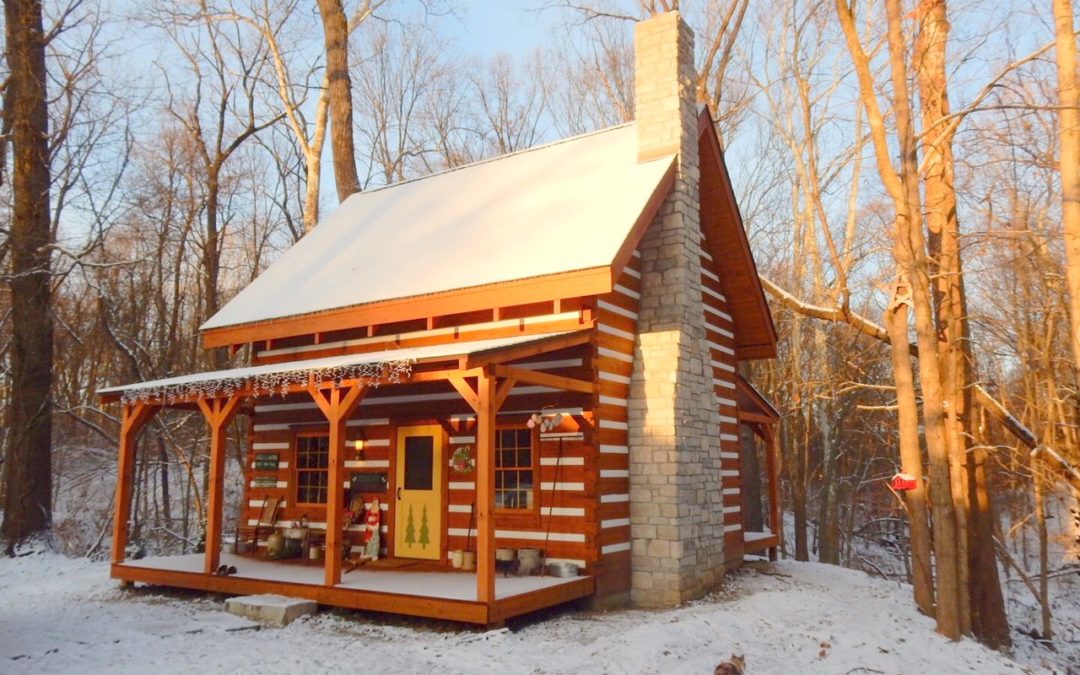Follow these tips, tricks and ideas to create home that’s sweet and petite.
Contributed by Donna Peak, editor, Log and Timber Home Living
If you’re thinking about building a custom timber home, there are a lot of good reasons to go small. From reducing your maintenance and energy costs to truly living in every square foot you build, everyone has his or her reasons to downsize. But building small isn’t quite as easy as taking a large floor plan and shrinking it down.
There are a variety of unique considerations that come into play when you choose to design a home on a smaller scale. If a trim-and-tidy timber home is on your list of must-haves, keep our 12 essentials in mind.
For the best results, talk to your architect or designer about how you spend your free time. He or she can suggest ways to personalize your log or timber home to fit your unique vision of home.
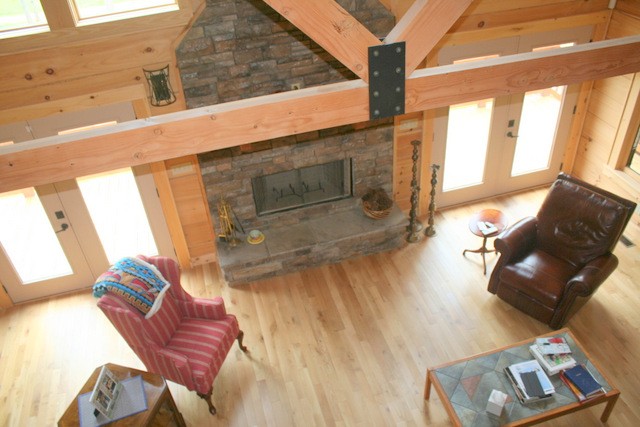
1. Think in three dimensions.
One of the first concepts to remember when building small is to think in three dimensions. When you look at a flat floor plan, you’re only seeing the area of each room, but homes have volume, too, and nowhere is that more prevalent than in a log or timber home. Take advantage of this design feature by incorporating a loft, a catwalk — even an interior Juliette balcony — into the plan to capitalize on the space overhead. You’ll get a bird’s-eye view of the craftsmanship of your home in the process.
2. Opt for a compact wood stove or soapstone heater.
Masonry hearths are gorgeous, but they consume a lot of space. They also require reinforcements in your foundation, which, if you’re on a tight budget, can drive costs up. Forego the fireplace and choose a compact wood stove or soapstone heater instead. Wood-burning stoves can dispense a surprising amount of heat, as well as ambiance. As for soapstone heaters, the smooth stone construction absorbs heat from the firebox, radiating it into the room for hours — even after the fire has burned out. Learn more about soapstone heaters here.
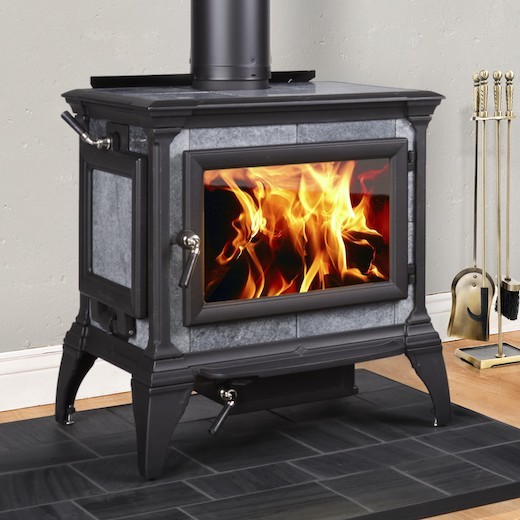
3. Create a multipurpose room.
Consolidate utilitarian needs into a multipurpose room. In a large-scale home, it’s easy to assign distinct space to areas like a walk-in pantry, a laundry room/mudroom and a mechanical room. When you’re downsizing, you don’t have this luxury. Look at what your household operation will require and think about how you can consolidate these areas to maximize your living space.
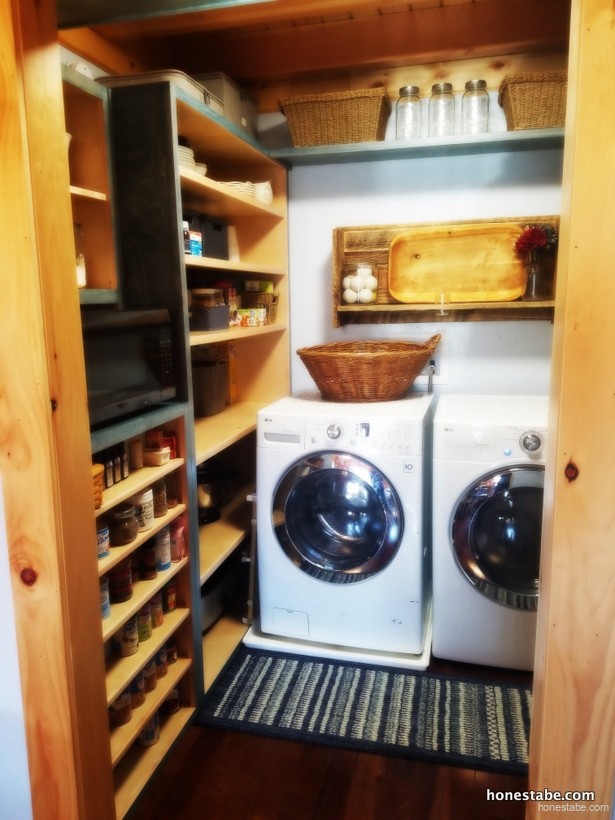

4. Choose small-scale appliances.
Piggybacking on point #3, you can also reduce the size and scale of your mechanicals in a smaller timber home. Instead of a full-scale HVAC system, ductless mini-split heating and cooling systems may do the trick. A conventional hot-water heater is big and bulky, while hot-water-on-demand units are tankless, compact and far more energy efficient. Opting for small-scale appliances like these means you don’t need to dedicate so much space for mechanicals in your home’s design.
5. Think vertically with storage.
All too often, storage space is underutilized — especially vertically. Though they are not a structural component of a timber home, closet organizers squeeze out every square inch of storage you have. They may be more common in master bedroom closets, but it doesn’t stop there. Pantries, coat closets and broom closets can all benefit from organizational systems.
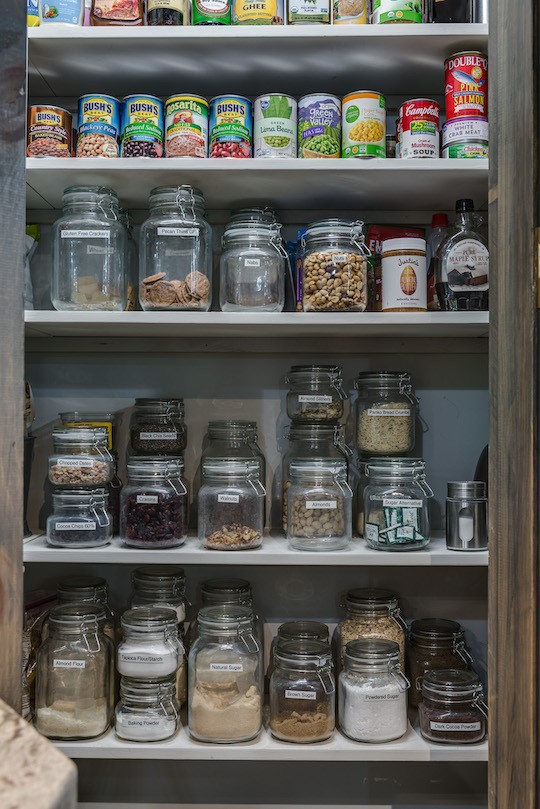
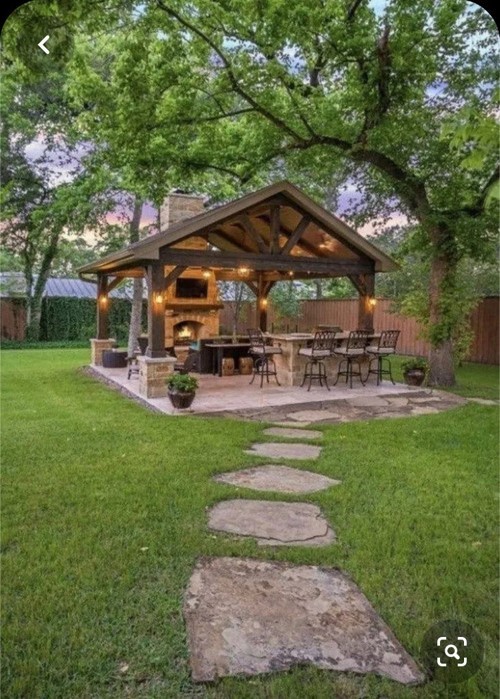
6. Add outdoor living.
Exterior square footage — the kind you get from porches, decks and patios — is always less expensive to build than what’s located inside your timber home’s footprint, so add an abundance of outdoor living areas into your home’s design. For maximum effect, incorporate walls of retractable windows so you can blur the lines between indoors and out, amassing more living space with less cost.
7. Create flexible spaces.
Combining the living area, kitchen and dining room in a small footprint just makes good sense, but there are other rooms that can multitask, too. With the addition of a Murphy bed, a home office can shift to a guest room with ease. A loft has unlimited possibilities, and a mudroom can serve as the family entrance to the home, a drop zone, a bill-paying station, a craft room and a pet area, if it’s planned with all its potential uses in mind. That’s the power of good design!
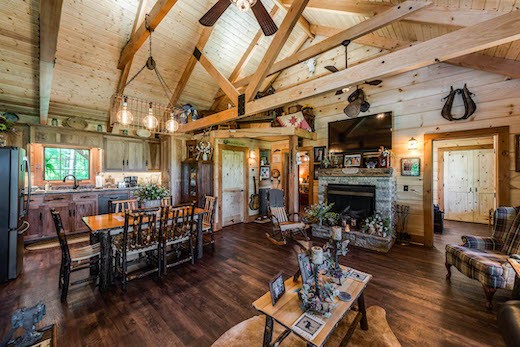
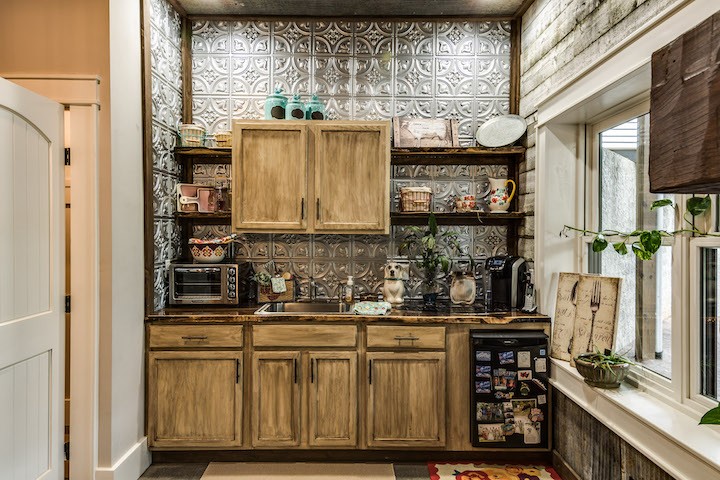
8. Be efficient in the kitchen.
As the most-used space in your home, it’s vital the kitchen performs at its peak. If one member of the household will be doing most of the cooking, a traditional kitchen triangle (placing the stove, fridge and sink at each point) works well, regardless of size. But for those lucky enough to have more than one resident chef, consider a task-zone approach instead. This plan of attack divvies up the kitchen into distinct areas for cooking, baking, food-prep and cleaning, keeping cooks from getting in each other’s way. As with all elements of home design, thoroughly assess your lifestyle and design a home to match your needs.
9. Reduce or eliminate hallways where possible.
Halls not only enclose rooms, pigeonholing them into defined functions, they eat up valuable square footage. They also prevent light from entering from a variety of directions, making a small-home interior feel claustrophobic. That said, there are conditions where a hallway — even a short one — makes sense. A prime example is creating a corridor leading from the public spaces to the private ones. A bit of detachment between common areas and the master bedroom offers seclusion and comfort.
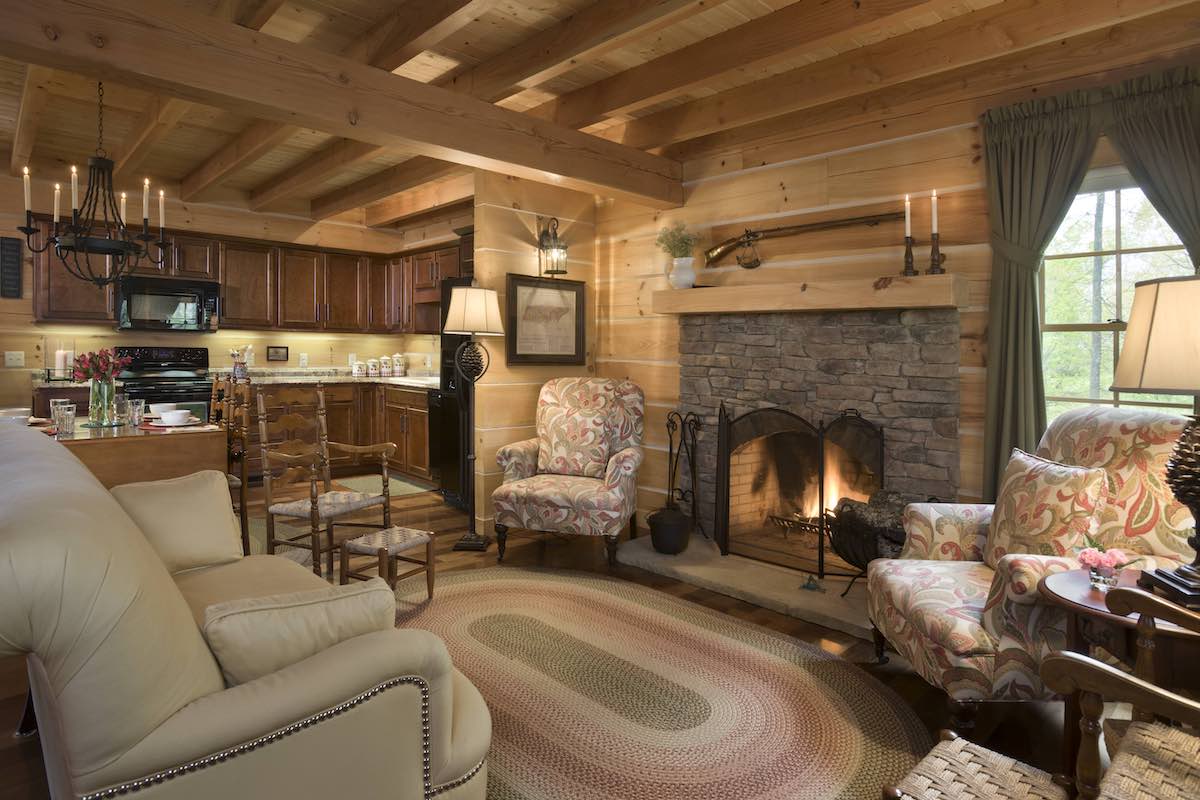
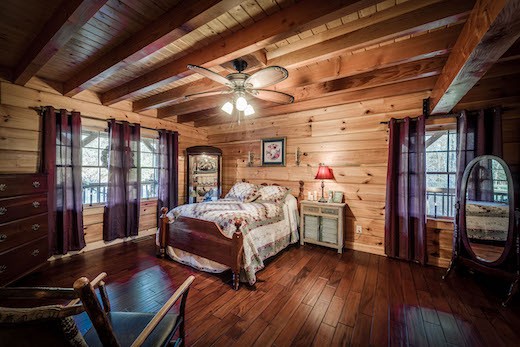
10. Let the light shine in.
Adding windows at the end of hallways, creating large window groupings in a great room or bedroom and choosing glass-paned doors over solid-core will allow natural light to pour through your timber home. In addition, ensure corners are well lit, and use sconces to wash walls in illumination. Light will always give the impression that a space is larger than it is.
11. Share bathrooms between bedrooms.
When did we decide that every person who ever sleeps in your house has to have his or her own luxury bath? Don’t be afraid to share bathrooms between bedrooms. (Jack-and-Jill bathrooms were designed expressly for this reason.) Not only will this allow you to allocate space to other, more public areas, it will reduce the amount of money you’ll need to spend on pricey plumbing, fixtures and fittings — and it will be less mess to clean.
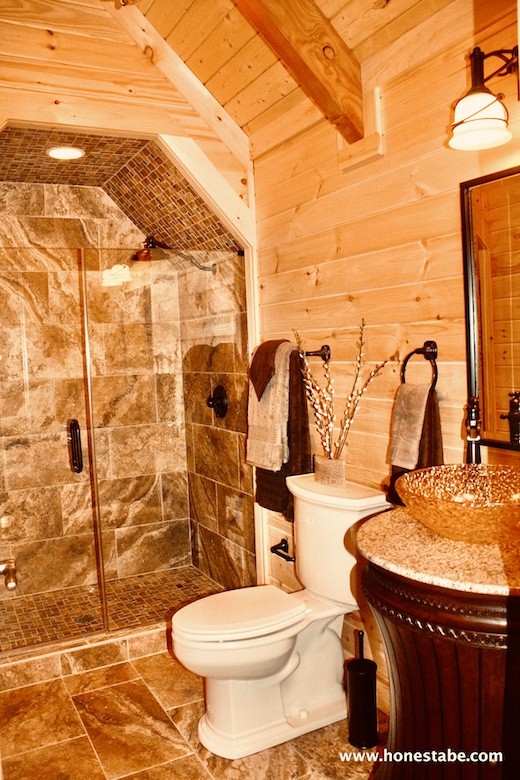
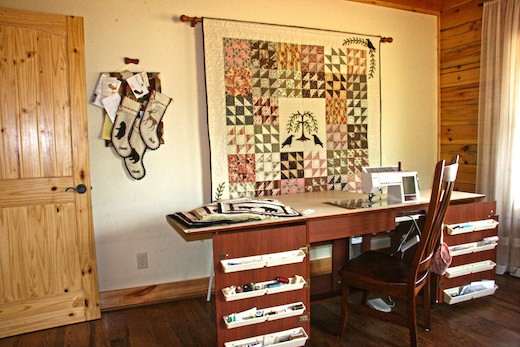
12. Carve out room for your interests.
Never lose sight that a custom log or timber home should be just that — tailored to reflect your lifestyle. If you’re passionate about the hobbies you pursue, carve out room for your special interests. Art studios will require ample light from multiple directions; workshops will benefit from extra soundproofing in the walls and a slew of electrical outlets; avid readers will love a book nook tucked into a window seat; autophiles will need an extra-large garage for tinkering; and so on.

